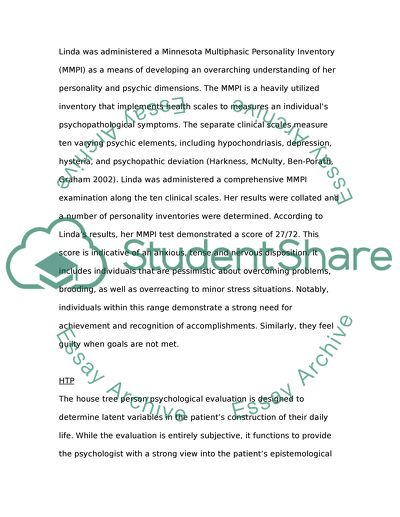Cite this document
(“Term Paper on Psychological Evaluation Research”, n.d.)
Retrieved de https://studentshare.org/psychology/1391030-psychological-testing
Retrieved de https://studentshare.org/psychology/1391030-psychological-testing
(Term Paper on Psychological Evaluation Research)
https://studentshare.org/psychology/1391030-psychological-testing.
https://studentshare.org/psychology/1391030-psychological-testing.
“Term Paper on Psychological Evaluation Research”, n.d. https://studentshare.org/psychology/1391030-psychological-testing.


